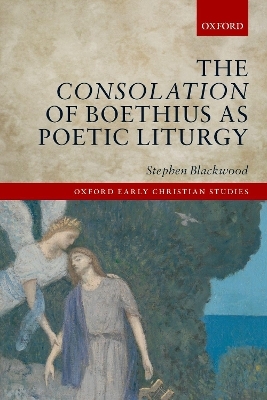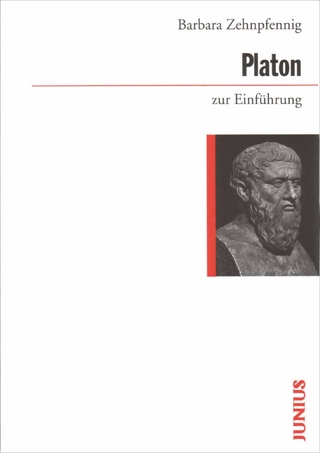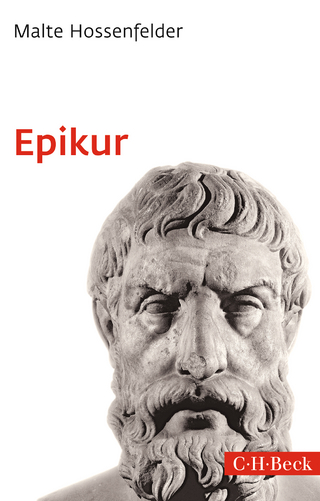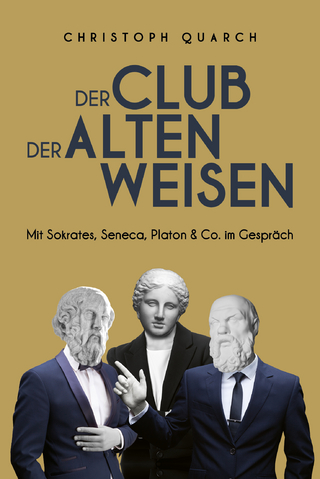
The Consolation of Boethius as Poetic Liturgy
Seiten
2022
Oxford University Press (Verlag)
978-0-19-286402-4 (ISBN)
Oxford University Press (Verlag)
978-0-19-286402-4 (ISBN)
This book shows that Boethius's Consolation of Philosophy aims to affect the listener through the designs of its rhythmic sound. Blackwood explains how these metres are arranged as aural patterns with a therapeutic and even liturgical purpose.
Throughout Antiquity and the Middle Ages, literature was read with the ear as much as with the eye: silent reading was the exception; audible reading, the norm. This highly original book shows that Boethius's Consolation of Philosophy - one of the most widely-read texts in Western history-aims to affect the listener through the designs of its rhythmic sound. Stephen Blackwood argues that the Consolation's metres are arranged in patterns that have a therapeutic and liturgical purpose: as a bodily mediation of the text's consolation, these rhythmic patterns enable the listener to discern the eternal in the motion of time. The Consolation of Boethius as Poetic Liturgy vividly explores how in this acoustic encounter with the text philosophy becomes a lived reality, and reading a kind of prayer.
Throughout Antiquity and the Middle Ages, literature was read with the ear as much as with the eye: silent reading was the exception; audible reading, the norm. This highly original book shows that Boethius's Consolation of Philosophy - one of the most widely-read texts in Western history-aims to affect the listener through the designs of its rhythmic sound. Stephen Blackwood argues that the Consolation's metres are arranged in patterns that have a therapeutic and liturgical purpose: as a bodily mediation of the text's consolation, these rhythmic patterns enable the listener to discern the eternal in the motion of time. The Consolation of Boethius as Poetic Liturgy vividly explores how in this acoustic encounter with the text philosophy becomes a lived reality, and reading a kind of prayer.
Stephen J. Blackwood is President of Ralston College.
Notes to Reader
Introduction
Part I: The Metres of Book One
1: Imprisoned by Rhythm
2: Rhythmic Intervention
Conclusion to Part I
Part II: Repeated Metres
3: The First Four
4: The Final Two
Conclusion to Part II
Part III: Repetition and Recollection: a System of Rhythmic Sound
5: Formal Structure
6: Functional Purpose
7: Analogies
Conclusion to Part III
Part IV: A Meditation on Book Five
8: Repetition, Narration, and the Meditative Ascent
9: Freedom, Providence, and Prayer
Conclusion to Part IV
Conclusion
Appendix A, The Poems of Book 1
Appendix B, Figures
List of Figures
Bibliography
| Erscheinungsdatum | 09.03.2022 |
|---|---|
| Reihe/Serie | Oxford Early Christian Studies |
| Verlagsort | Oxford |
| Sprache | englisch |
| Maße | 156 x 234 mm |
| Gewicht | 584 g |
| Themenwelt | Geisteswissenschaften ► Philosophie ► Philosophie Altertum / Antike |
| Geisteswissenschaften ► Religion / Theologie | |
| Geisteswissenschaften ► Sprach- / Literaturwissenschaft ► Anglistik / Amerikanistik | |
| Geisteswissenschaften ► Sprach- / Literaturwissenschaft ► Literaturwissenschaft | |
| ISBN-10 | 0-19-286402-5 / 0192864025 |
| ISBN-13 | 978-0-19-286402-4 / 9780192864024 |
| Zustand | Neuware |
| Haben Sie eine Frage zum Produkt? |
Mehr entdecken
aus dem Bereich
aus dem Bereich
mit Sokrates, Seneca, Platon & Co. im Gespräch
Buch | Hardcover (2023)
FinanzBuch Verlag
18,00 €


